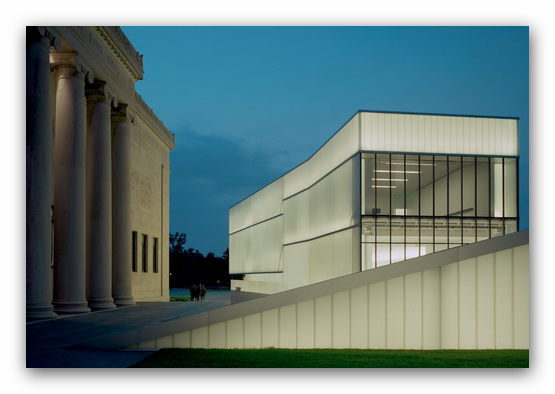Aug 10 2016 - Sep 24 2017
Kansas City, MO
During the Ming (1368-1644) and Qing (1644-1911) dynasties, the arts of China reached full maturity. Painting, calligraphy, porcelain and textiles flourished, and new styles and techniques emerged. The imperial court, scholars and temples supported this profusion of creativity, each establishing distinctive, yet overlapping artistic styles.
Emperors held court in the Forbidden City in Beijing in unparalleled splendor. Courtiers, empresses and concubines wore extravagant garb and beautiful jewelry. Across the empire, an educated class of scholars pursued elegant and cultured lifestyles. Buddhism was also an inspiration for the arts. Thousands of ornate temples stored precious relics and images of Buddhist deities.
Presenting rarely seen objects from the Nelson-Atkins Chinese collection, the exhibition explores currents of taste during this five hundred-year period.
Exhibition overview from museum website
Exhibition Venues & Dates
Aug 10 2016 - Sep 24 2017
Kansas City, MO
